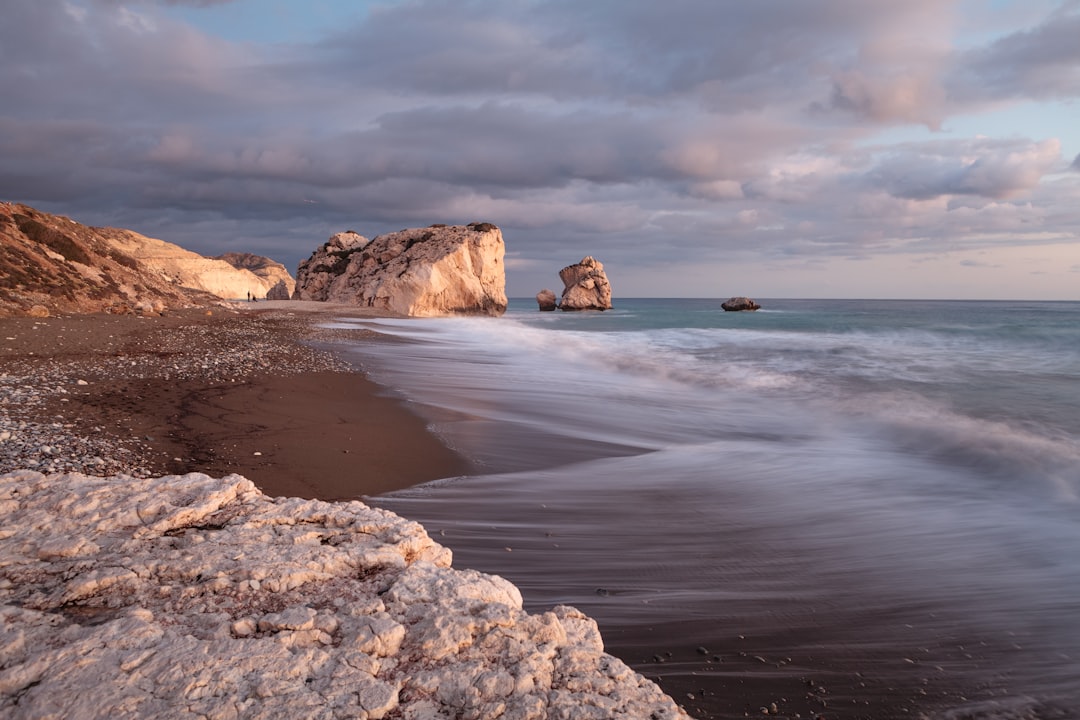What is it about?
The sedimentary record of a mediterranean coastal barrier-lagoon system (Valencia-Spain) showed changes in the salinity and variations in texture and sedimentation rates, as well as groundwater fluctuations. These changes reflect responses to global Holocene climate variability.
Featured Image
Why is it important?
We characterize responses of Mediterranean coastal systems (barrier-lagoon and flood plain) to the Holocene climate variability . They are environments highly vulnerable to global warming and the rapid rise in sea level, as they are very exposed to processes such as flooding, subsidence, sediment scarcity and erosion. Assessing future impacts on these dynamic environments calls for appropriate knowledge of their processes and changes in different timescales.
Perspectives
We conclude that the mediterranean coastal- barrier lagoons and contiguous flood plains constitute a system in which the processes are interlinked. Thus, the geomorphological evolution and the response to Holocene climatic and hydrologic variability reveal the multiple connections. We observed that the response in the hydrological system is variable, with either aridity conditions (shallowing process in lagoons) or high flooding frequency and magnitude (high accretion rates in lagoon- flood plain and barrier progradation).
Pilar Carmona-González
University of Valencia (Spain)
Read the Original
This page is a summary of: Environmental evolution and mid–late Holocene climate events in the Valencia lagoon (Mediterranean coast of Spain), The Holocene, July 2016, SAGE Publications,
DOI: 10.1177/0959683616645940.
You can read the full text:
Contributors
The following have contributed to this page










